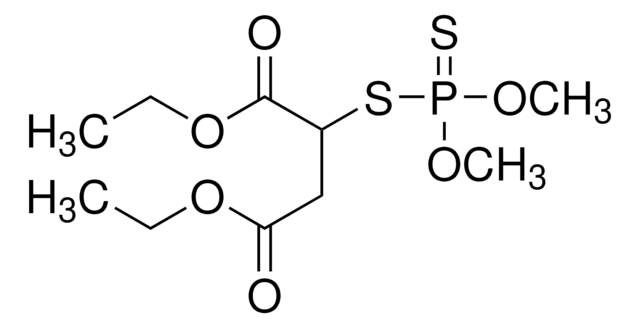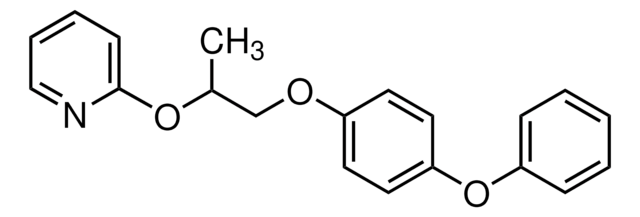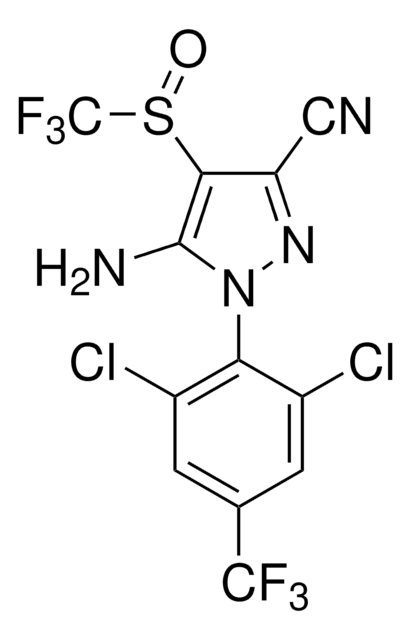About This Item
Recommended Products
Quality Level
Assay
≥98%
form
solid
storage temp.
−20°C
SMILES string
CC1(C)[C@@H](\C=C(\Br)Br)[C@H]1C(=O)O[C@H](C#N)c2cccc(Oc3ccccc3)c2
InChI
1S/C22H19Br2NO3/c1-22(2)17(12-19(23)24)20(22)21(26)28-18(13-25)14-7-6-10-16(11-14)27-15-8-4-3-5-9-15/h3-12,17-18,20H,1-2H3/t17-,18+,20-/m0/s1
InChI key
OWZREIFADZCYQD-NSHGMRRFSA-N
Looking for similar products? Visit Product Comparison Guide
Application
- as a PP2A/PPP3CA inhibitor by treating HEK293 (human embryonic kidney cells) Tau-BiFC cells
- on the innate immunity in rainbow trout
- on the molecular stress level in black tiger shrimp Penaeus monodon
Biochem/physiol Actions
Signal Word
Danger
Hazard Statements
Precautionary Statements
Hazard Classifications
Acute Tox. 3 Inhalation - Acute Tox. 3 Oral - Aquatic Acute 1 - Aquatic Chronic 1
Storage Class Code
6.1C - Combustible acute toxic Cat.3 / toxic compounds or compounds which causing chronic effects
WGK
WGK 3
Flash Point(F)
212.0 °F - closed cup
Flash Point(C)
100 °C - closed cup
Personal Protective Equipment
Choose from one of the most recent versions:
Already Own This Product?
Find documentation for the products that you have recently purchased in the Document Library.
Customers Also Viewed
Our team of scientists has experience in all areas of research including Life Science, Material Science, Chemical Synthesis, Chromatography, Analytical and many others.
Contact Technical Service











